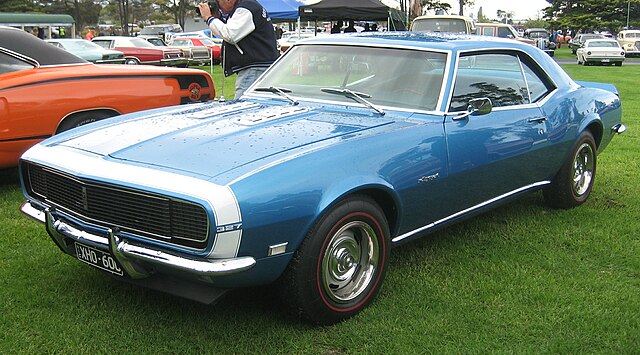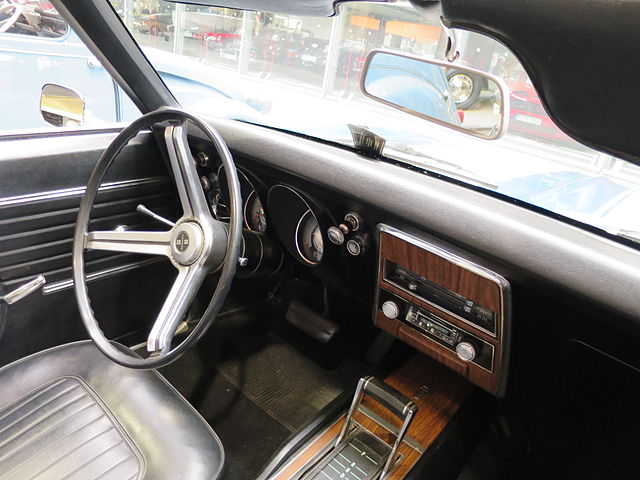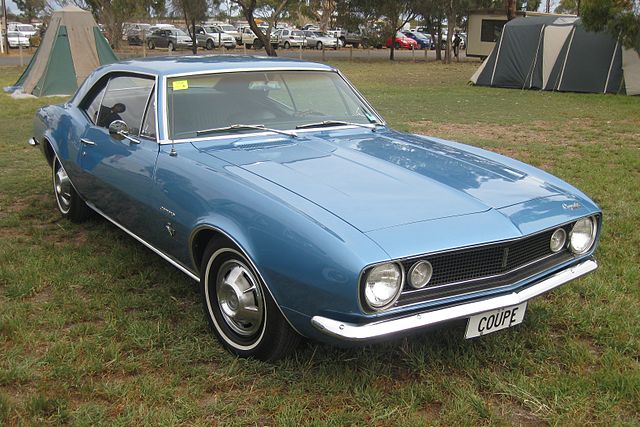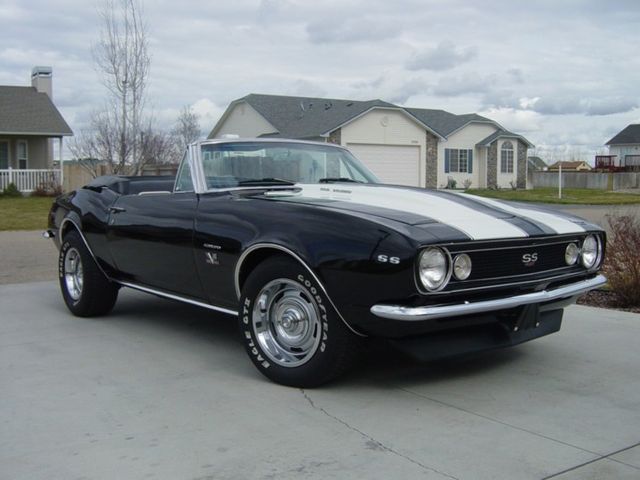
The Chevrolet Camaro, first introduced in the late 1960s, has become an emblematic figure in the American automotive landscape, embodying the essence of muscle and performance. The first generation of the Chevrolet Camaro, spanning from 1967 to 1969, was a period that marked the beginning of a legendary lineage.
Through its inception, design evolution, performance capabilities, model variations, and cultural impact, we’ll explore the facets that have made the first-generation Camaro a timeless classic.
Inception and Historical Context

The Chevrolet Camaro made its debut in 1966 as a 1967 model, amidst an era brimming with competition in the American sports car segment. Born out of Chevrolet’s desire to counter the Ford Mustang’s dominance, the Camaro was Chevrolet’s answer to the burgeoning market for muscle cars. It was developed under the code name “Panther,” but Chevrolet eventually settled on “Camaro,” claiming the name to be slang for “friend” or “companion” which signified its intent to become a close rival to the Mustang.
From the outset, Chevrolet positioned the Camaro as a versatile platform, offering a wide array of customization options. This flexibility allowed the Camaro to appeal to a broad audience, from those seeking a stylish, comfortable cruiser to enthusiasts demanding high-performance muscle.
Design and Aesthetics

The first-generation Camaro was a masterpiece of automotive design, featuring a long hood, a short deck, and a sleek, aggressive stance. Its styling was inspired by the Corvette, yet it presented a unique identity that resonated with the youth of America. The design included distinct features such as a “Coke bottle” body shape and a front grille that gave it a menacing look, ready to take on any challenger on the road.
The interior of the Camaro was designed with both comfort and functionality in mind. It featured a range of options, from basic to luxurious, including custom upholstery, full carpeting, and a console-mounted shifter. The dashboard housed innovative gauges and controls, providing the driver with essential information at a glance.
Performance Capabilities

At the heart of the Camaro’s appeal were its formidable performance capabilities. The first-generation Camaro offered a wide selection of engines, ranging from efficient six-cylinders to powerful V8s, capable of satisfying various performance appetites. The SS (Super Sport) package, for instance, was highlighted by the availability of a 350 cubic inch (5.7L) V8 engine, while the Z/28 model, introduced in 1967, featured a 302 cubic inch (4.9L) V8 designed specifically for Trans-Am Series competition.
Handling and braking systems were engineered to complement the Camaro’s power, with options like disc brakes and multi-leaf rear springs available. The Z/28 model further enhanced the driving experience with a sport-tuned suspension, quick-ratio steering, and wide tires, making it a formidable force on both the street and the track.
Model Variations and Special Editions

Throughout its first generation, the Camaro was offered in several body styles, including coupe and convertible, allowing it to cater to a wide range of preferences. The model lineup consisted of the base model, the sporty RS (Rally Sport) package with distinctive hideaway headlights and enhanced trim, the SS with its performance upgrades, and the track-oriented Z/28.
Special editions and packages added to the Camaro’s allure. For example, the RS/SS combination merged performance with style, offering the best of both worlds. The 1969 Camaro also saw the introduction of the COPO (Central Office Production Order) models, including the legendary COPO 427, designed for drag racing with its powerful 427 cubic inch (7.0L) V8 engine.
Cultural Impact and Legacy

The first-generation Camaro quickly cemented its place in American culture, symbolizing freedom, power, and rebellion. It became a favorite among enthusiasts and racers alike, making notable appearances in motorsports, movies, and television, which perpetuated its legendary status.
Today, the first-generation Camaro is celebrated as a classic, with restored and modified versions being highly sought after by collectors and muscle car aficionados. Its legacy continues to influence the design and engineering of contemporary Camaros, ensuring that the spirit of the original remains alive.
In conclusion, the first-generation Chevrolet Camaro is more than just a car; it’s a piece of American automotive history that captured the hearts and imaginations of generations. Through its pioneering design, exhilarating performance, and cultural significance, it stands as a testament to the era that gave birth to the muscle car phenomenon.
